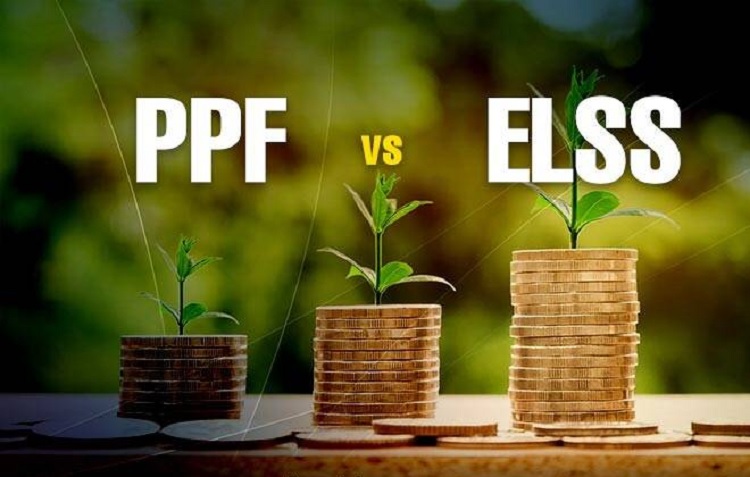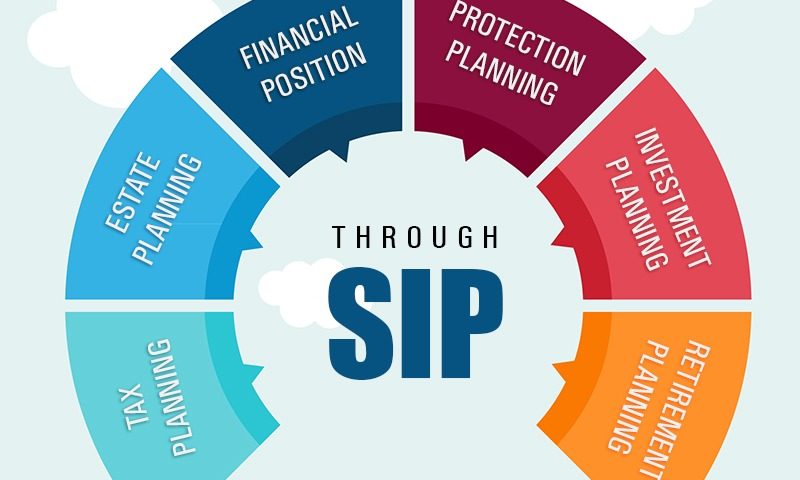ELSS vs PPF – Comparison of ELSS Funds with Public Provident Fund

If your yearly income is falling under one of the existing tax brackets and if this is your first time for tax declaration, it is natural for you to be a bit confused as to where to invest your money to bring down your tax liability. You may reach out to your parents or your close relatives who may suggest you invest in traditional investment instruments. Although it is fair on their part to advise you to invest in a conventional tax saving scheme, you need to also understand that a sharp fall in the interest rates will affect the overall performance of your investments.
So, the final question remains, should you invest in a conservative tax saving instrument like Public Provident Fund (PPF) or a tax saver fund like Equity Linked Savings Scheme (ELSS).
What is ELSS?
ELSS is a mutual fund scheme that comes with a three year lock-in period and tax benefit. Under Section 80C of the Indian Income Tax Act, 1961 a tax paying citizen can invest up to Rs. 1.5 lacs every fiscal year in ELSS and claim tax benefit on the invested sum.
What is PPF?
Public Provident Fund is a fixed interest offer traditional tax saving instrument. It has a minimum lock-in period of 15 years. PPF is a government back debt asset scheme that can be considered for targeting life’s long term financial goals like children’s education, retirement planning, etc.
Comparison between ELSS and PPF
Lock-in period
While ELSS has a short lock-in period of three years, Public Provident Fund locks your investment sum for a minimum period of 15 years. However, PPF gives the investor the option for making partial withdrawal after 5 years. A short lock-in period means ELSS offers more liquidity than PPF as investors can redeem their units or withdraw the entire investment sum after the lock-in period ends.
Time horizon
Public Provident Fund mandates the investor to invest for a minimum period of 15 years with the option of extending for 5 more years. However, ELSS does not have a time horizon and although it has a three year lock-in period, investors are not obliged to invest month after month in this tax saving scheme. They can invest at their own convenience.
SIP option
PPF does not offer the option of SIP. However, you can invest in ELSS through SIP. Systematic Investment Plan (SIP) is an easy and effective way to save and invest a fixed sum regularly in the ELSS fund. Also, SIPs are flexible as investors can start or stop their SIP investment midway and do not have to pay any penalty for doing so. They can even choose to skip a month’s SIP investment and then invest as usual in the following month.
Risks
Since the Public Provident Fund is backed by the Government of India, the investment risk is very low. On the other hand, ELSS is a market linked scheme that predominantly invests in the equity market which is why they carry very high investment risk.
Returns
ELSS is a market linked mutual fund scheme that does not guarantee returns. On the other hand, PPF offers fixed interest on the sum invested. However, historically ELSS has outperformed all the traditional tax saving instruments in the long run.
Taxation
Returns from ELSS exceeding Rs 1lacs are taxed at a flat 10%. On the other hand, returns from all PFF investments are completely void of tax deductions.
To determine which tax saving instrument is ideal for your financial goals, do consult your financial advisor.






